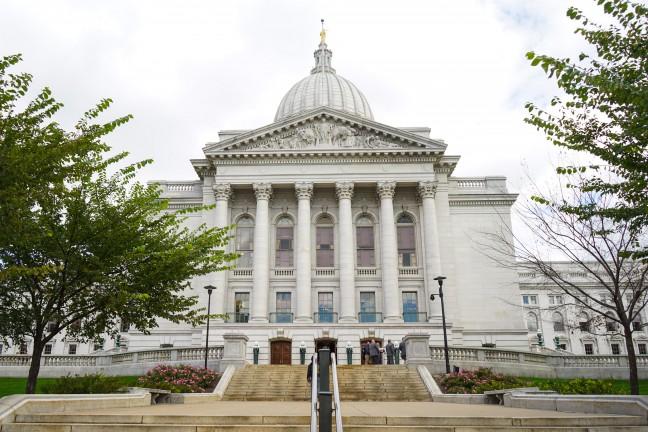While 29 states increased funding for their higher education institutions, Wisconsin had the second highest decrease in funding between 2015-16 of the 48 states assessed, according to a Grapevine report released Monday.
The University of Wisconsin System took an 8 percent decrease in funding while the national average was a 4.1 percent increase in funding. Arizona is the only state in the report that had a greater decrease than Wisconsin, at14 percent.
Mike Browne, One Wisconsin Now deputy director, said it is upsetting to see Wisconsin as one of the handful of states in the nation reducing higher education funding while so many others are increasing investments in their students.
“This is yet another indication of [Gov. Scott] Walker and the Republican-controlled Legislature’s misplaced priorities,” he said.
According to the Legislative Fiscal Bureau, over the last five years, the UW System and Technical Colleges have seen a nearly billion dollar decrease in the amount of funding they received when compared to the annual funding level prior to Republicans taking over, Browne said.
Wisconsin has the third highest percentage of students graduating with student loan debt as an impact of the cuts. Browne also said nearly 38,000 students who were eligible for financial aid in the state won’t receive any because programs have become so underfunded.
Alex Hummel, UW System spokesperson, said despite the study’s findings, he still thinks the UW System is among the national and global leaders for higher education.
“I think a lot of students in Wisconsin, and students outside of Wisconsin, still look to us as a vehicle for them to succeed going forward,” Hummel said.
Hummel said this is one more study people may consider when choosing where to attend college. The study, however, only looks at one part of higher education and there are many other important parts to consider, he said.
“By the numbers” it may look as though the UW System is facing some challenges, but it’s important to take into consideration the high quality faculty and opportunities at UW.
Browne said the decrease in funding is causing the UW System to seek more out-of-state students since they must pay more for tuition. This means Wisconsin students are going to have fewer opportunities to attend the UW System school of their choice, he said.
“I think it’s a challenge for the University System … to continue to maintain a top-flight faculty and offer a top-flight education to students,” Browne said.
James Palmer, Illinois State professor and author of the report, said in the report higher education funding correlates with the state of the economy.
Wisconsin was one of 33 states to have an increase in funding in the 2016 budget when compared to the 2011 budget. The increase was about 10 percent.
“Many states are experiencing an ongoing, but slow recovery from the losses of the last recession,” Palmer said. “State support for higher education pretty much tracks the ups and downs of the business cycle of the economy.”
The report does not include all 50 states because Illinois and Pennsylvania have not yet confirmed their budgets.













